The power supply is comprised of four stages:
- AC Mains to 390V DC converter
- Current limited 390V DC to 1950V DC converter
- HV Multiplier Driver
- HV Multiplier
The HV multiplier and it's driver are the core of the project. Together they convert the 1950V DC to >50kV with an efficiency of >98%. This high efficiency is obtained by driving a tuned circuit at its resonant frequency with saturated switching. The use of resonant elements improves the multiplier efficiency by both reducing the amount of voltage sag between multiplier stages and by spreading the diode current across the full AC cycle. In traditional multipliers that only use capacitors for the AC-pass elements, the diode current takes the form of short, high-current pulses at the peaks of the AC voltage. The short current pulses result in a higher forward voltage in the diodes and increase the resistive losses in the circuit. Using resonant AC-pass elements smoothes the pulses and reduces the power losses in the diodes. An additional benefit to using resonant elements is that they have a near-zero impedance at their resonant frequency which further reduces the voltage sag between stages.

Using the values from the image above, here are some quick numbers:
- Resonant Frequency: 96.91 kHz
- Operating Frequency: 96.99 kHz
- 0.1% deviation from ideal excitation frequency
- constrained by 555 timer, component tolerance of 0.5%, and component availability
- Element Impedances
- Capacitor: 27 nF @ 96.99kHz = 0 - j60.81 Ohms
- Inductor: 100 uH @ 96.99kHz = 0.560 + j60.91 Ohms (includes real resistance from winding)
- Combined: 0.560 + j0.10 Ohm (note that the imaginary impedances cancel)
- Efficiency Estimation
- The inductor saturation current is 700 mA. This limits the maximum input current to 490 mArms.
- With 28 stages this produces an output current of 8.75 mA. (Note: 28 * 1.95kV is roughly 56kV)
- The driver output is a 1950 Vp-p square wave. This is equivalent to 975 Vrms.
- The maximum input power is therefore 477.8 W, and since the circuit operates at resonance, the phase alignment between voltage and current results in a purely real power factor.
- The total power loss is a combination of the diode losses and the pass-element losses.
- Diode Forward Loss: 56 * 1 V @ 8.75 mA = 490 mW
- Diode Reverse Loss: 56 * 50 uA @ 1.95 kV (50% duty cycle) = 2.73 W
- Pass-Element Loss: 28 * 0.56 Ohms => 1.323 W
- Combined Result: loss of 4.543 W
- Output Power: 477.8 W - 4.543 W = 473.2 W (99 %)
- Output Voltage: 473.2 W / 8.75 mA = 54.08 kV
The final design calls for 4 drivers to provide phase shifted outputs. By using poly-phase input power and combining the multipliers in parallel the output ripple is reduced by a factor of 16 from 188 Vp-p to 12 Vp-p. The final design calls for 16 multipliers divided into positive and negative output groups to provide +54 kV @ 70 mA and -54 kV @ 70 mA. The combined maximum power output would be 7.5 kW.
For details about the application of the power supply, please see #Ionic Thruster.

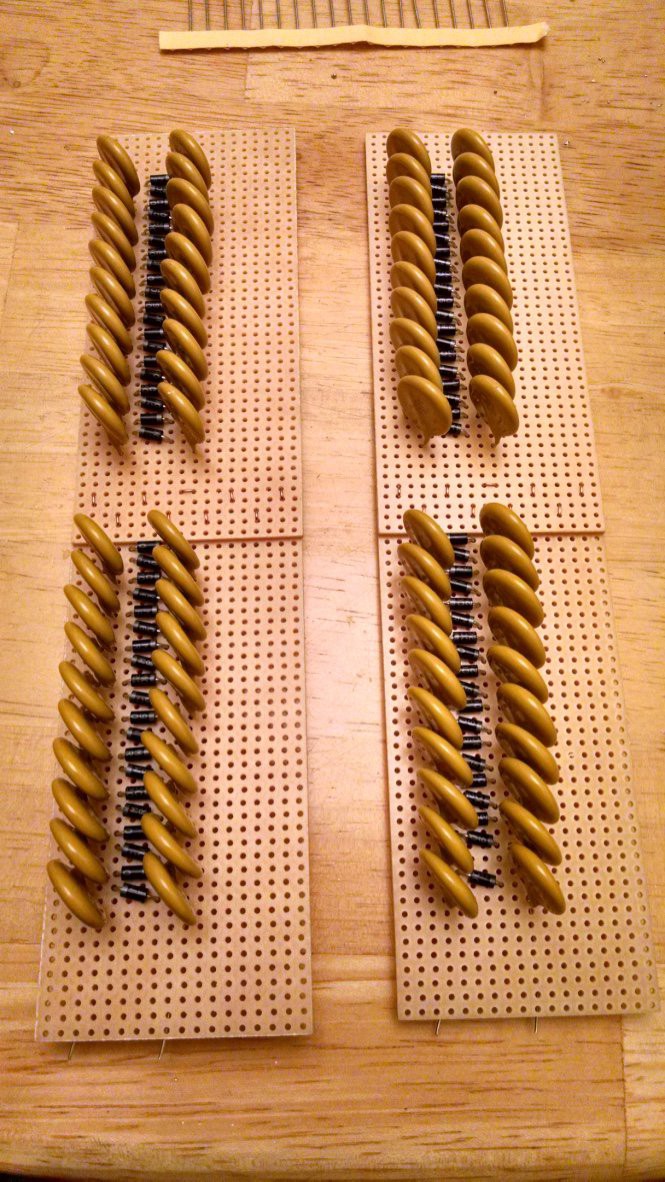
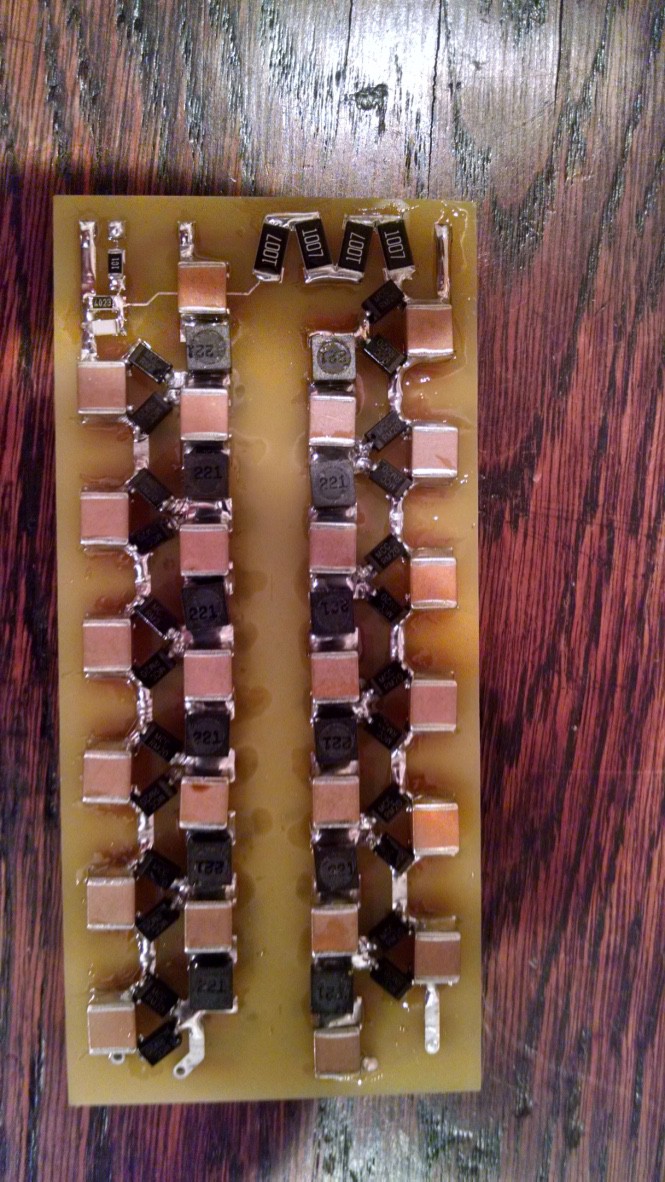
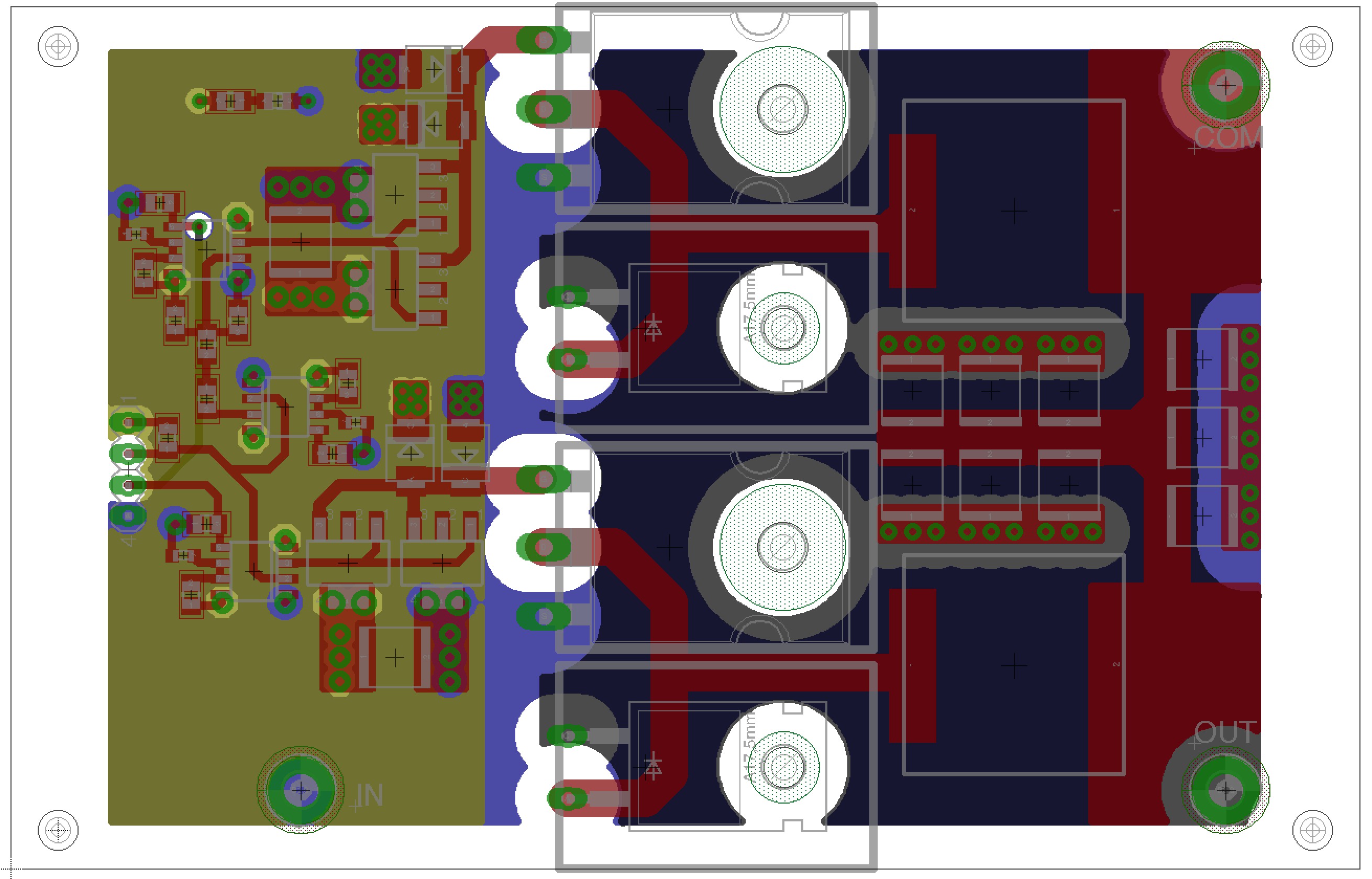

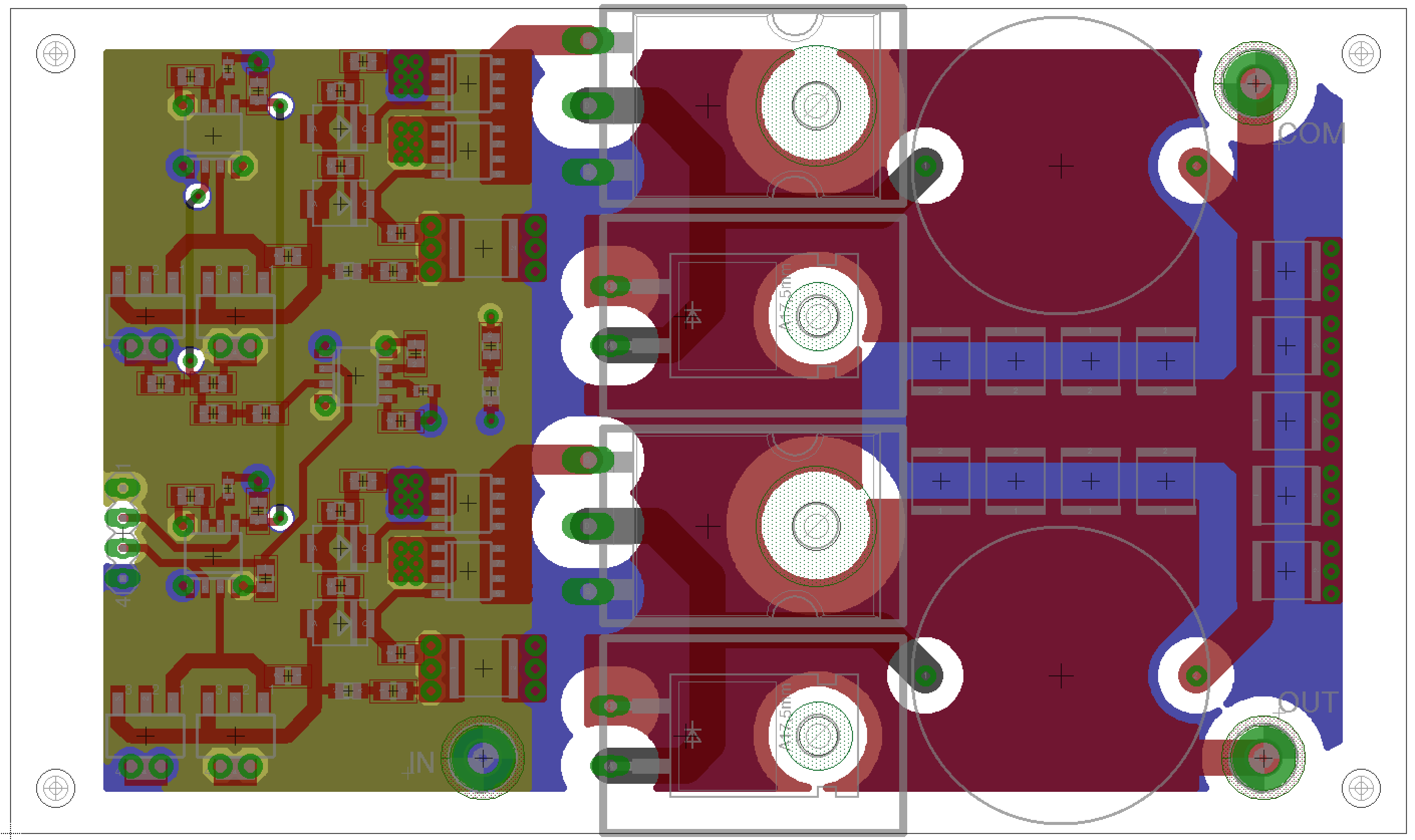
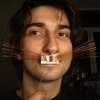

 sadeed
sadeed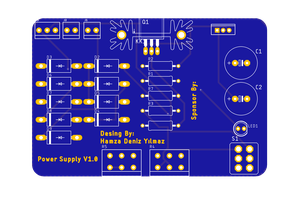
 Hamza Deniz Yılmaz
Hamza Deniz Yılmaz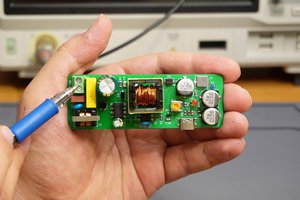
 hesam.moshiri
hesam.moshiri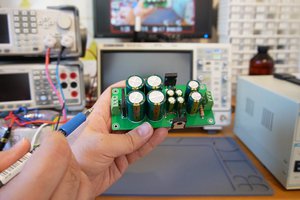
Don't forget to add bleeder resistors!